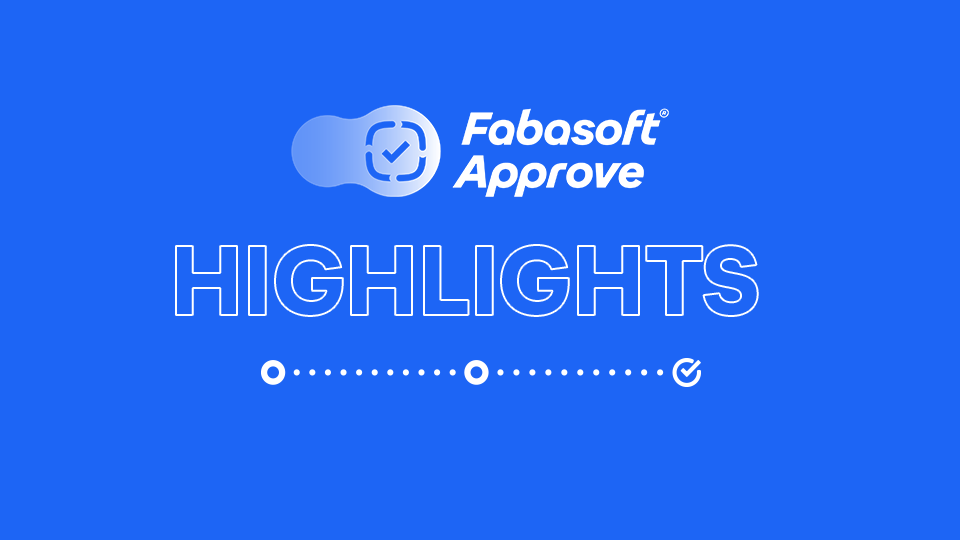The term "cloud native" is on the rise in the IT world, especially in software development. But what does it mean? Well, you don't need to be a meteorologist or a "digital native" to understand the "cloud native approach." It's literally "born in the clouds," and it refers to a technology that allows software product companies like Fabasoft to develop and operate scalable applications in a modern, dynamic, and reliable cloud environment, unlike traditional monolithic systems.
Monoliths versus microservices
In monolithic architectures, all programs and resources are available on web servers through a single, large operating system (OS). In cloud native architectures, software consists of "microservices" – use cases or units with clearly defined functionality, such as an OData service – that run in so-called Docker containers, which are "small" operating systems.
It sounds more complicated than it is: Monoliths are complete applications in data centers that contain all the code. A key advantage is that developers can create, test, manage, and maintain different functions in a single application without having to coordinate multiple systems. However, this advantage can also be a disadvantage if, for example, unforeseen bugs occur after changes or updates and sometimes impair the software's usability. Finding the cause in the countless lines of code can take time. Ensuring that no other functionalities break requires additional, potentially very high testing effort even for small changes, and carries the risk of further errors.
Microservices, on the other hand, are defined as small, independent applications that are distributed across multiple data centers in a common cloud platform such as the Fabasphere and its solutions. What may seem spontaneously resource-intensive and unmanageable for development and deployment, proves to be quite effective upon closer inspection. This splitting leads, among other things, to greater agility, easier scalability, high efficiency, and maximum security – which triggers a sustainable "emotional high" not only in software developers, but also in customers or end users.
Cloud native: The cloud that brings sunny days
In cloud native technology, modern development tools are used in cloud infrastructures. Software that is, literally translated, "born in the clouds" or "cloud-born" is therefore to the point – and provides sustainable advantages.
High agility
The division of applications into microservices and their installation in Docker containers make cloud native applications particularly flexible and adaptable. Professional requirements can be implemented within a short time, new features and products can therefore be brought to market quickly. A win-win situation, because Fabasoft customers also benefit directly from this agility, as updates, upgrades, new features, or bug fixes only take hours or days instead of weeks or months.
Quick scalability
Cloud native platforms allow software companies to easily (and some even automatically) adjust the amount of resources in response to increasing demand, which contributes to optimized performance and cost efficiency. Since a large number of customers work in the Fabasoft Cloud every day, scaling all services is particularly important to be able to handle peak loads accordingly and to ensure smooth, uninterrupted operation.
Easy maintenance and updating
Developers – even those with little practical experience – are able to make quick changes to existing functions and develop or deploy new ones independently of each other by using microservices and containers, which leads to shorter release cycles. With OpenShift or Kubernetes, intelligent tools are available for managing Docker containers. Users of Fabasphere products therefore get new software versions significantly faster – and without downtime.
Maximum resilience
Data protection and IT security play just as important a role as operational stability, especially in industries that provide critical infrastructure. Cloud native applications provide (failure) security and resistance to cyber attacks through clearly defined network permissions for the services and their storage in multiple instances distributed across different data centers. Fabasoft Cloud customers can trust that the highest security standards are met, as evidenced by internationally recognized certifications, including the EU Cloud Code of Conduct at Level 3.
Sustainable future security
Cloud native technology is designed to efficiently manage the constant change in the IT landscape. Companies that rely on it and pay attention to well-thought-out services and mostly technology compliance, on the one hand, open up opportunities to quickly implement new requirements, and on the other hand, opportunities for innovation. The experts at Fabasoft R&D GmbH are working together with the development teams to continuously develop the dynamic cloud system. This gives customers the assurance that they are using high-quality, perfectly coordinated solutions in the Fabasphere.
The "cloud native" high will determine the IT weather in the long term
Altogether, the cloud native approach enables modern, flexible, and powerful software development that meets the demands and needs of today's digital world. The efficiency, resilience, and security of the technology are essential prerequisites for sustainable innovation, maximum customer benefit, and thus decisive competitive factors. Exploiting these potential with high pressure is permanently weather-determining – thus, in IT, all signs point to cloud native in the long term.



